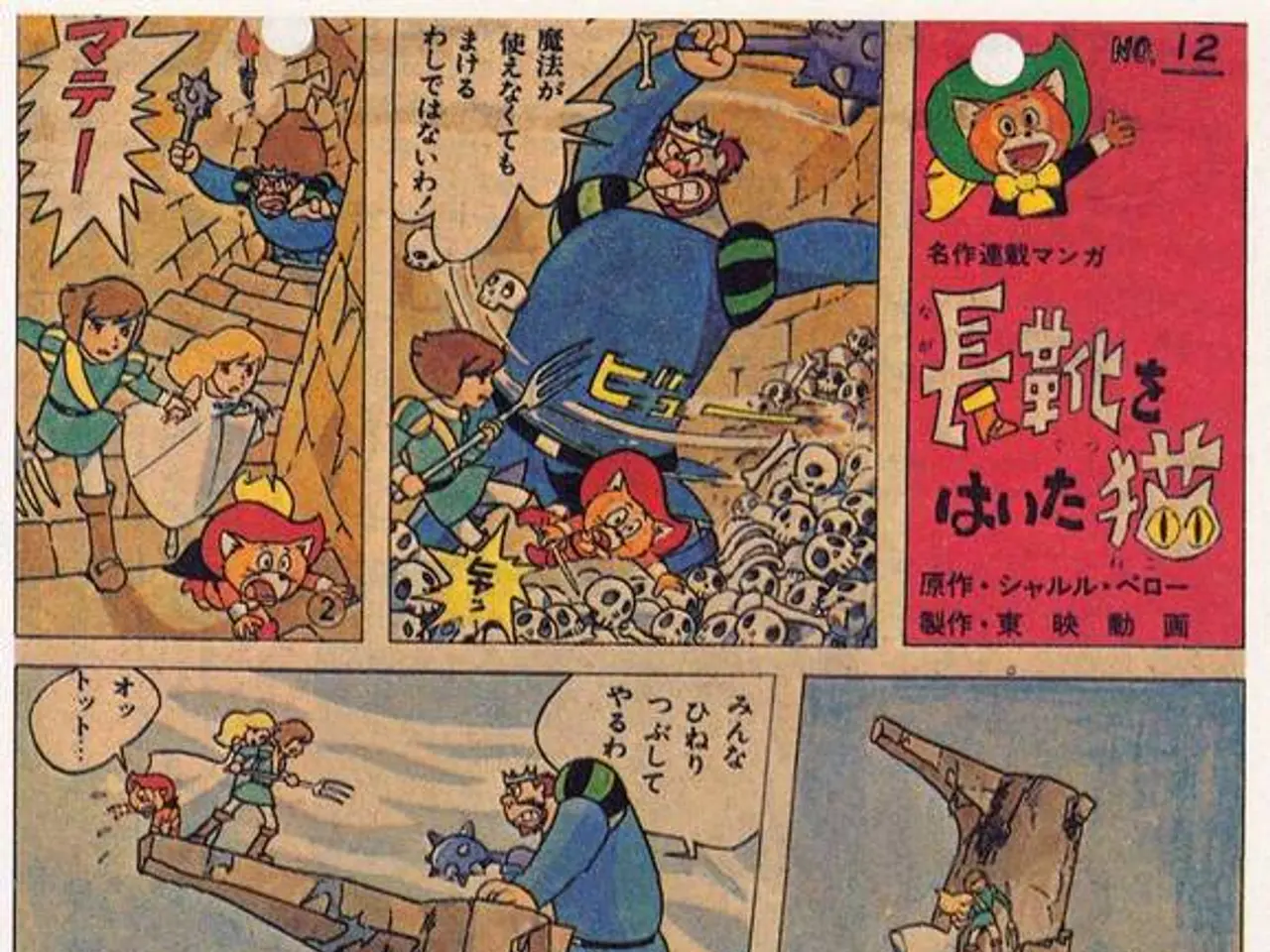Maintaining the Momentum: A Strategy for Continuous Work Efficiency
The "Don't Break the Chain" technique is a simple yet effective productivity method that originated with comedian Jerry Seinfeld. This strategy, which involves marking each day a task is completed on a calendar, has been used to build writing habits, break bad ones, or achieve various goals.
At its core, "Don't Break the Chain" leverages behavioural momentum and positive reinforcement. Seeing a growing chain of X's activates a sense of progress and accomplishment, engaging the brain’s reward system, particularly dopamine release, which reinforces the habit loop. Maintaining streaks diminishes the cognitive friction related to starting a task by supplying immediate, tangible evidence of success, which helps keep motivation and focus high.
Psychologically, this technique aligns with principles of habit formation from behaviour science. It establishes a clear sequence of actions, reduces uncertainty about what to do next, and creates small immediate rewards that make the behaviour pleasurable and easier to sustain over time. Breaking a chain can feel like losing progress, creating a mild aversive consequence that increases commitment to consistency.
Modern digital habit apps have adapted this principle, using streak counters to visualize behaviour patterns and maintain momentum. Research shows that continuous streaks predict better long-term outcomes compared to inconsistent efforts.
To implement the "Don't Break the Chain" technique, one must choose a specific task or activity, determine a method for tracking it, start the chain by successfully performing the task on the first day, and aim to continue the chain without any breaks. Several Don't Break the Chain apps are available in app stores, although some may not suit everyone's preferences. Calendar apps like Google Calendar or Apple Calendar can be used to mark off each day a task is completed in a modern adaptation of the original method. A free, simple Don't Break the Chain template is also available for download and can be printed for a physical reminder or edited on a computer or device.
The "Don't Break the Chain" technique is most effective when used alongside other methods and tools for managing time and productivity. Time tracking tools like Hubstaff can help with accountability and productivity while using the Don't Break the Chain strategy. Goal-tracking tools such as Trello or Asana can be used to create a visual board to monitor progress and tasks completed, but advanced options may require payment.
Tips for not breaking the chain include starting small, creating reminders, being adaptable, tracking improvement publicly, and changing things up to keep the routine interesting. The power of small wins is a key aspect of the Don't Break the Chain technique, promoting subtle behaviour changes and increased productivity.
In summary, "Don't Break the Chain" combines an intuitive, visual habit tracker with deep-rooted psychological mechanisms of reward, momentum, and behavioural consistency, making it an effective tool for sustaining productivity and habits.
- Using a tool like Hubstaff for time tracking can enhance the effectiveness of the "Don't Break the Chain" technique, providing accountability and boosting productivity.
- Blog posts about workforce management can offer insights on how businesses can apply the "Don't Break the Chain" technique to improve employee productivity and maintain consistency.
- Regularly reading educational content and participating in self-development and personal-growth initiatives can help individuals leverage the "Don't Break the Chain" technique for long-term success in multiple areas of life.
- By combining the "Don't Break the Chain" technique with goal-setting tools like Trello or Asana, individuals can effectively monitor their progress, visualize their achievements, and maintain momentum towards achieving their objectives.




